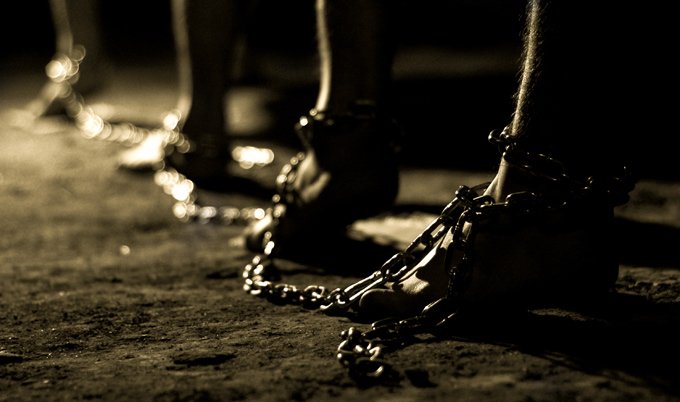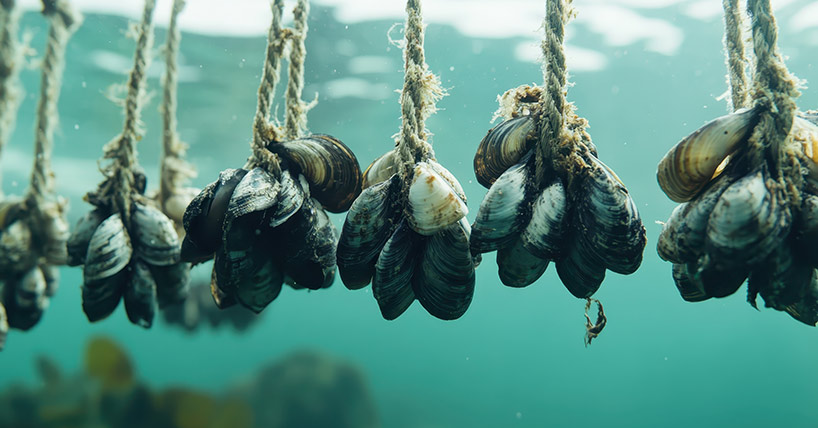Slave
Last survivor of the transatlantic slave trade identified
Published on: 2 April 2019
Newcastle University academic reveals Redoshi – known as Sally Smith - was the last surviving African-born slave in the Americas.
Painstaking research by Dr Hannah Durkin, at Newcastle University, UK, has identified Redoshi, the last survivor of the transatlantic slave trade.
It pieces together her life from her kidnapping in West Africa and enslavement in Alabama, to her eventual freedom.
It also highlights her close association with the activist beginnings of the U.S. Civil Rights Movement to create the first composite biography of a female transatlantic slavery survivor.

"Rarely do we get to hear the story of an individual woman"
The last survivor of the transatlantic slave trade was previously believed to be Oluale Kossola, who was also known as Cudjo Lewis. However, Dr Durkin’s research has shown that Redoshi died in 1937, two years after the death of Kossola/Cudjo in 1935.
Redoshi appears in several sources, including a film which contains the only known footage of a female transatlantic slavery survivor.
The research has also revealed Redoshi features in a newspaper article, writing by author Zora Neale Hurston and a memoir by civil rights activist Amelia Boynton Robinson. Dr Durkin is the first person to piece together these materials to identify Redoshi and to tell her life story.
Dr Durkin first became aware of Redoshi while carrying out other research. After spotting references to Redoshi in writings by Hurston, she started delving deeper and established that it was possible to map out her life story across a variety of texts.
“These materials add hugely to our understanding of transatlantic slavery as a lived experience,” says Dr Durkin, Lecturer in Literature and Film in Newcastle University’s School of English Literature, Language and Linguistics.
“Now we know that its horrors endured in living memory until 1937, and they allow us to meaningfully consider slavery from a West African woman’s perspective for the first time.
“The only other documents we have of African women’s experiences of transatlantic slavery are fleeting allusions that were typically recorded by slave owners, so it is incredible to be able to tell Redoshi’s life story.
“Rarely do we get to hear the story of an individual woman, let alone see what she looked like, how she dressed and where she lived.”
Snapshot of life
Dr Durkin’s work, published in the journal Slavery and Abolition, reveals Redoshi was one of 116 West African children and young people taken to the USA on the Clotilda, the last slave ship to arrive in the country. She was bought by Washington Smith, owner of the Bogue Chitto plantation in Dallas County, Alabama and who was also a founder of the Bank of Selma.
Redoshi was enslaved for nearly five years and worked in both the house and the fields. Her husband, who was known as William or Billy, was kidnapped with her and died in the 1910s or 1920s. Following emancipation, she continued to live with her daughter on the plantation where she was enslaved.
One source suggests Redoshi was aged more than 110 when she died in Alabama in 1937 - although Dr Durkin believes this to be an exaggeration.
She is mentioned in the memoir of civil rights activist Amelia Boynton Robinson, the woman who invited Dr Martin Luther King Jr to Selma and which culminated in the Selma to Montgomery marches. In her book she recalls Redoshi, describing the contrast between her peaceful life in West Africa and the suffering she endured at the hands of white men. Boynton Robinson also reveals Redoshi’s captors forced her to become a child bride while she was on the Clotilda.
“Although this is just a snapshot of a life, you do get a sense of who Redoshi was,” says Dr Durkin.
“She lived through tremendous trauma and separation, but there is also a sense of pride in these texts. Her resistance, either through her effort to own her own land in America or in smaller acts like keeping her West African beliefs alive, taking care in her appearance and her home and the joy she took in meeting a fellow African in the 1930s, help to show who she was.”



